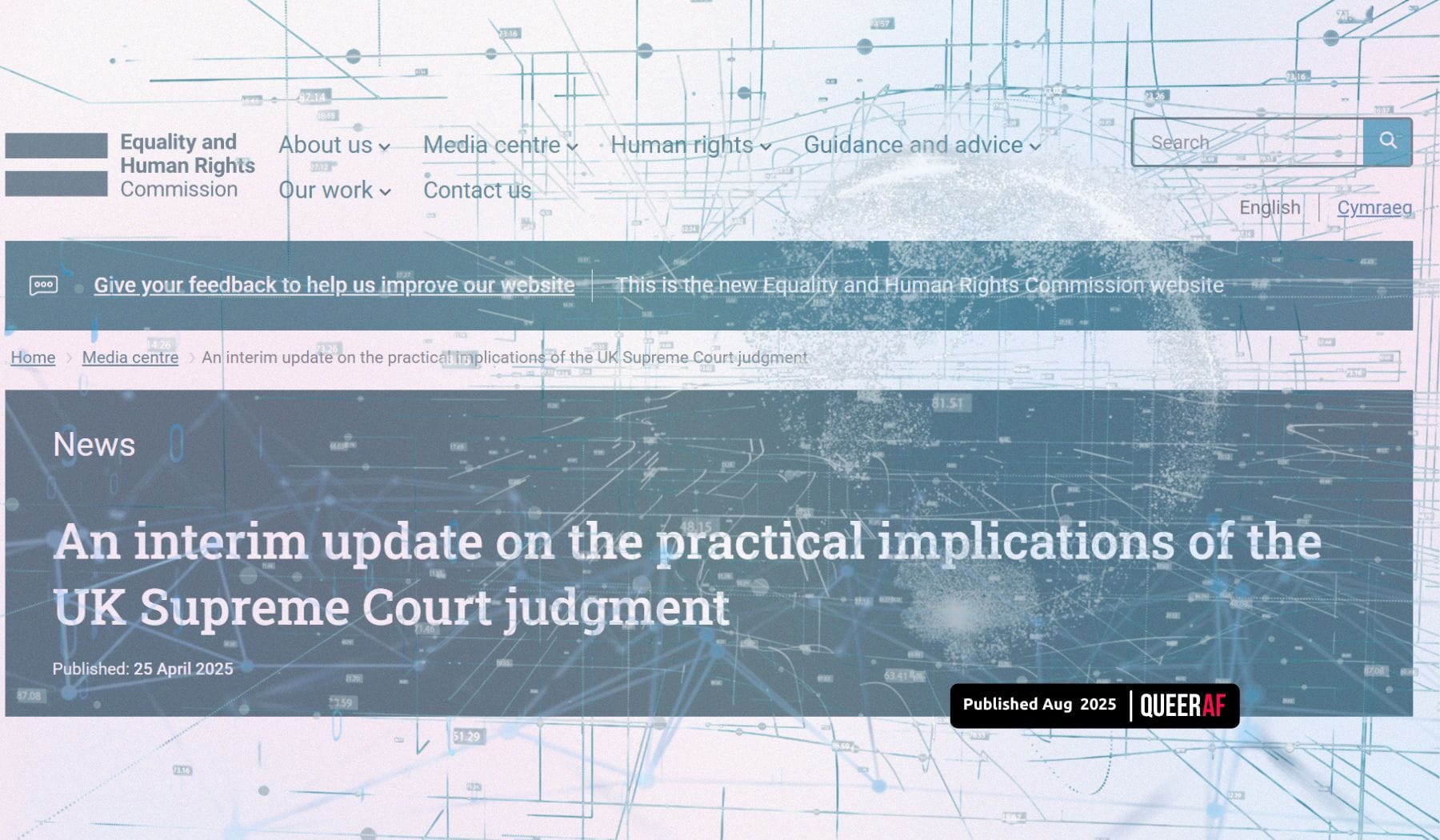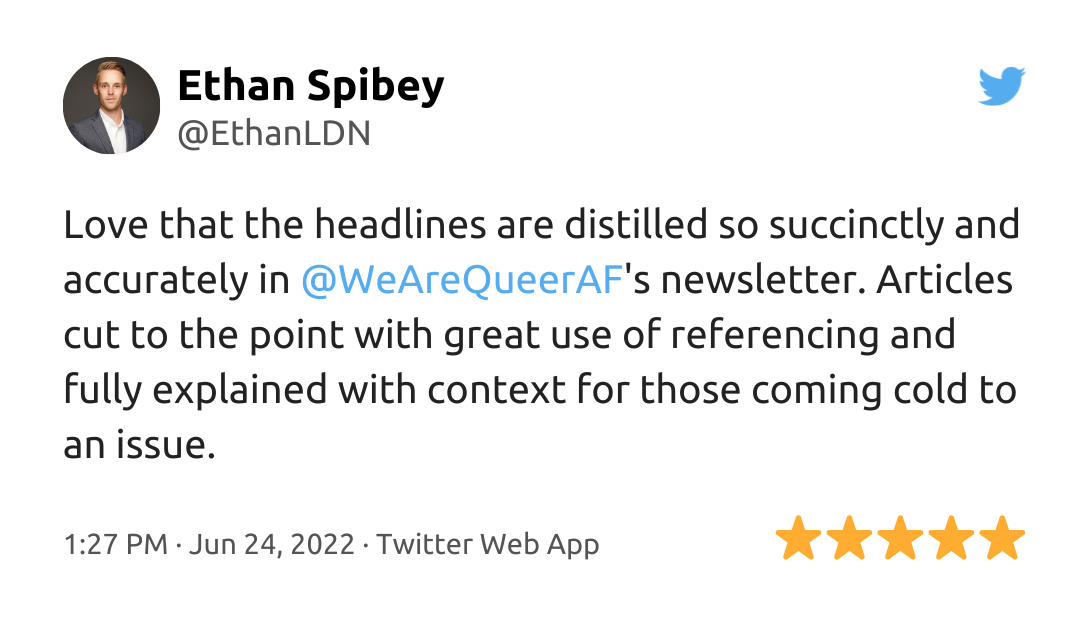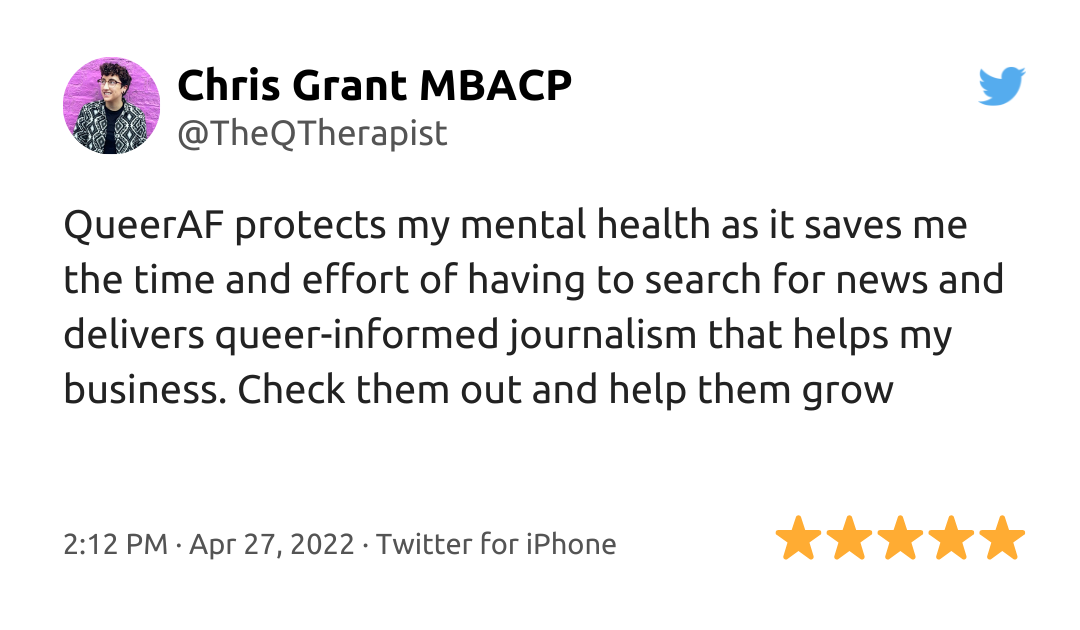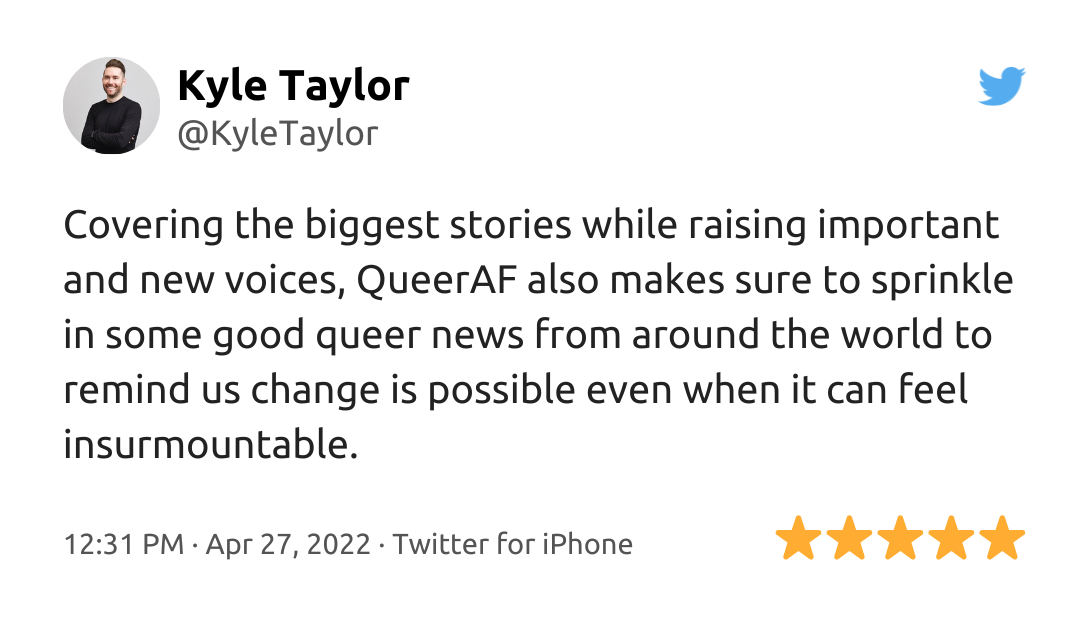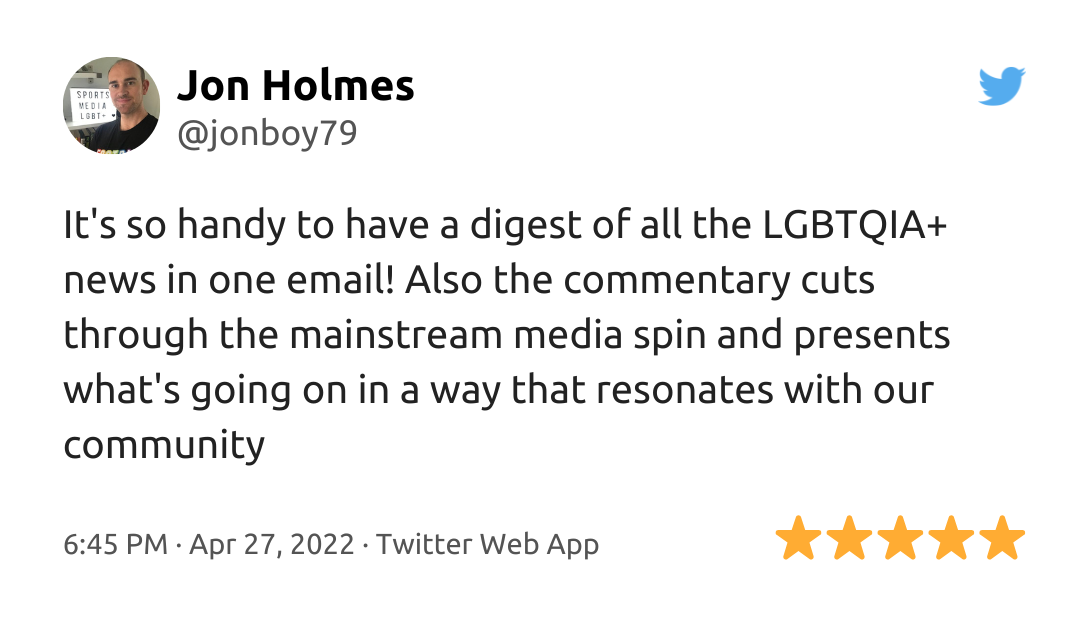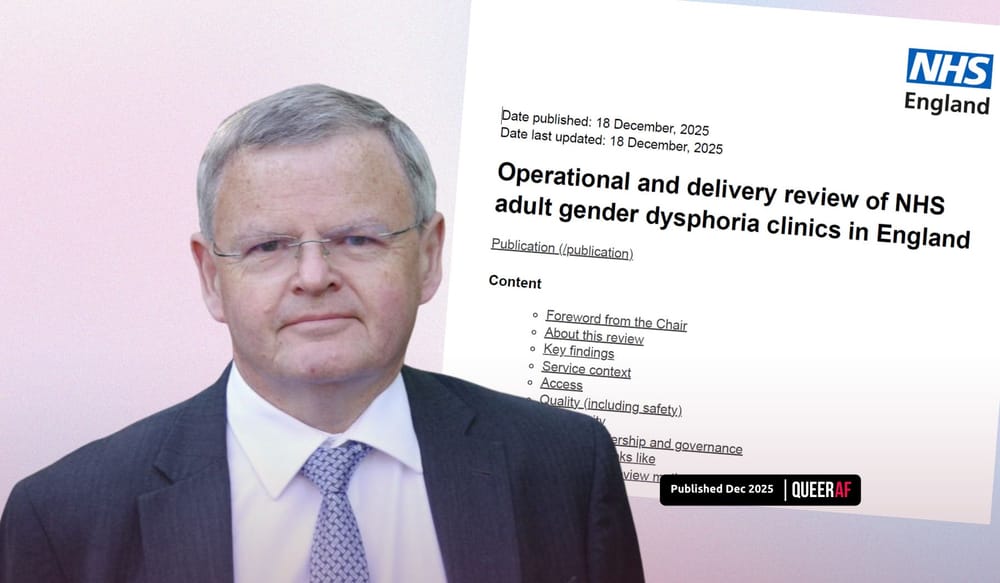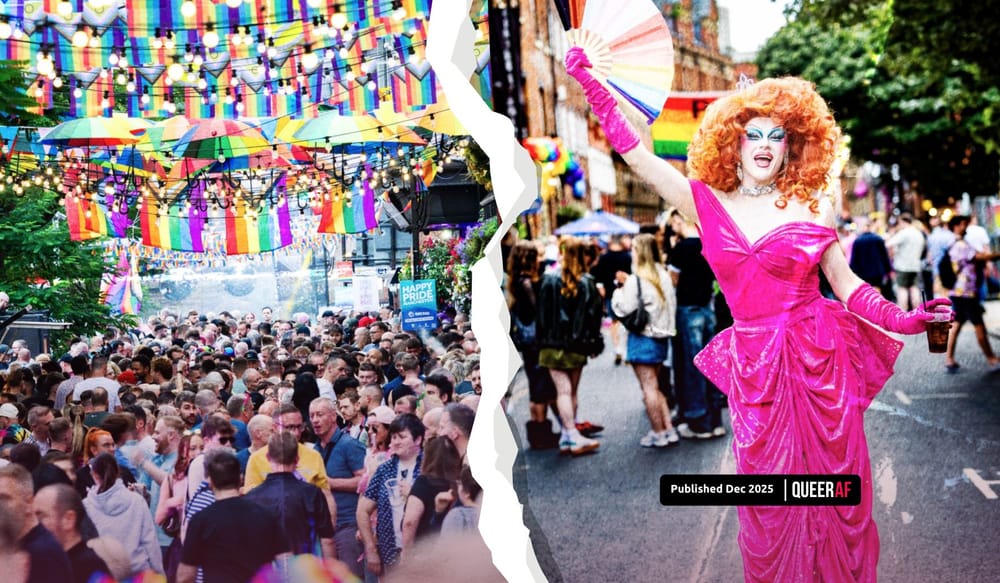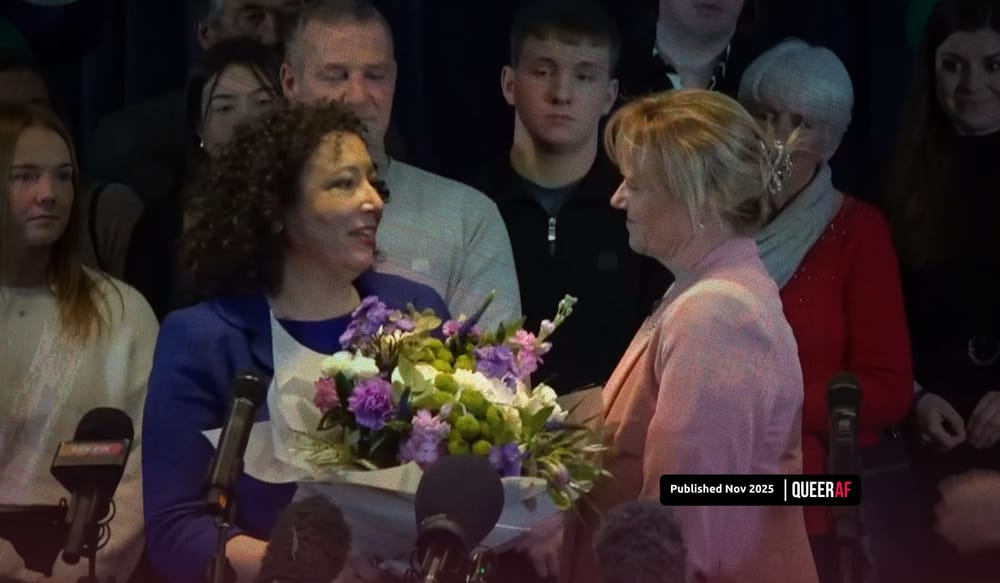TL;DR: An EHRC spokesperson confirmed that "supervised use of AI" has been implemented to contend with the 50,000+ responses to its draft consultation that could make it statutory to segregate Trans+ people from single sex public bathrooms and changing facilities.
AI is being used to manage the "scale of responses" to the consultation on segregating Trans+ people from some bathrooms, the EHRC has confirmed to QueerAF.
In a statement prompted by reports in The Times that the response to the consultation and a new code could be sent to parliament by the end of the month, the Equalities Watchdog confirmed it had implemented "supervised use of AI alongside our expert legal assessment".
It follows allegations from advocacy group the Good Law Project. They said leaked international discussions suggest as many as 50% of responses to the EHRC’s already controversial consultation into updates to its statutory Code of Practice on Services, Public Functions and Associations may not be read by people, and instead summarised by AI.
The group said this approach showed the actions from the regulator "never took the consultation seriously”, adding "This wasn’t a consultation, it was a joke" - Good Law Project
However, the watchdog denied that the code had been finalised, contrary to reporting in much of the UK press, which is based on the story in The Times.
What does The Times report will be in the code?
The newspaper says it has spoken to someone "with knowledge of the consultation" who told them that "The law is the law, and the law’s not going to change."
That source reported that the code will tell all service providers to ban trans women from using single-sex spaces, including lavatories and changing rooms, and that it is set to be provided to ministers by the end of the month.
Following interventions by the Good Law Project, it will now be adapted to remove stipulations that single-sex services must be provided. However, it will still set out that if services are intended to be single-sex, they must exclude trans people in line with the EHRC’s "brief and high level" observations, published late on a Friday night just a couple of weeks after the ruling.
The EHRC hasn't yet provided a timeline for this, and said in a statement they are "working at pace" to amend the draft code and in a letter to The Times which the organisation published it rebuked the article, and the paper's editorial. John Kirkpatrick, Chief Executive of the EHRC said "We have not decided what, if any, changes to make to the draft text, because we are still in the process of analysing the over 50,000 responses we have received. Far from dragging our feet as alleged in your editorial piece on Wednesday, we are doing that at pace."
However, the timeline reported by The Times aligns with what QueerAF understands to be an internally set deadline.
Analysis: Why such a tight turn around?
Despite what we’ve heard from official sources, the Supreme Court has far from 'provided clarity' on this issue. Rather, it’s created a great deal of confusion, upset and fear - and the potential to enact discrimination against Trans+ people to a degree that hasn’t been seen since racial segregation.
Meanwhile it's set up organisations all over the UK to be caught up in discrimination cases by consumers and staff who will be wronged by the bathroom bans the EHRC's 'topline observations' and later draft code have caused. We’re already seeing court challenges in both England and Northern Ireland, the latter of which could disturb the already fragile Windsor Framework and unravel the Brexit agreement with Europe.
So with all that going on - why the rush? Why use questionable AI tools to get this done so quickly?
The answer is clear to the bystanders, Trans+ activists and advocacy groups I've been chatting to. They say there is a clear agenda at play, and the harm that can be done by approving this fast will undermine the democratic processes that should disrupt such an apparent attempt to enforce discrimination against a protected characteristic.
If this rush job goes ahead, the UK’s once-celebrated equality law could be undermined by the very regulator set up to protect it.

We're in an acute period of attacks against our community:
A time where people who hate us are feeling more and more enabled to share, spread and communicate those attitudes.
In this period of uncertainty, you can trust QueerAF to be here - in your inbox every Saturday, to ensure you have all the latest information you need to navigate the changes, and to know how to fight back.
The kind of journalism we do week in week out, goes far beyond writing the 4000 words in this newsletter every week, or spending all week newsgathering. It requires us to build relationships with queer organisations, advocacy groups and with activists to ensure our ears are on the ground, and that we can connect the dots - so you're better equipped for the fight ahead.
QueerAF is a small team; for now, I'm the only one who works here full time and on top the news I do, I work with our network of contributors, mentees on our training schemes and freelance staff - to ensure we punch above our weight. We're both small and mighty.
But I'll level with you: we need your help. QueerAF's largest source of revenue is from people like you. That's by design. We've refused ads in this newsletter because it keeps us focused on what counts, not what clicks. It helps us stay grounded with what the community needs.
If you can, please join the hundreds of other QueerAF members who ensure our small but mighty newsletter, can take on the mainstream media and deliver you the information you need for the fight ahead.

